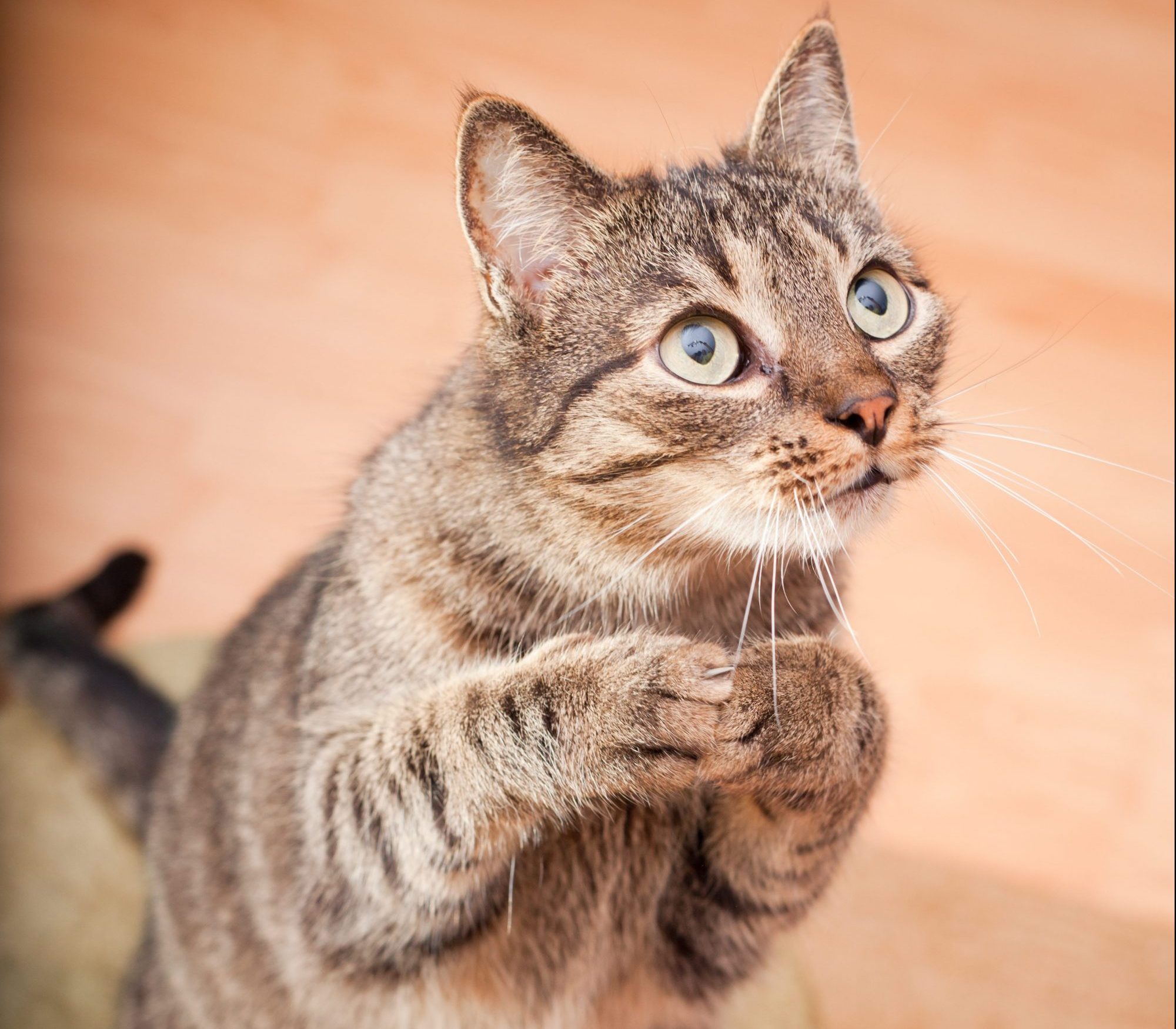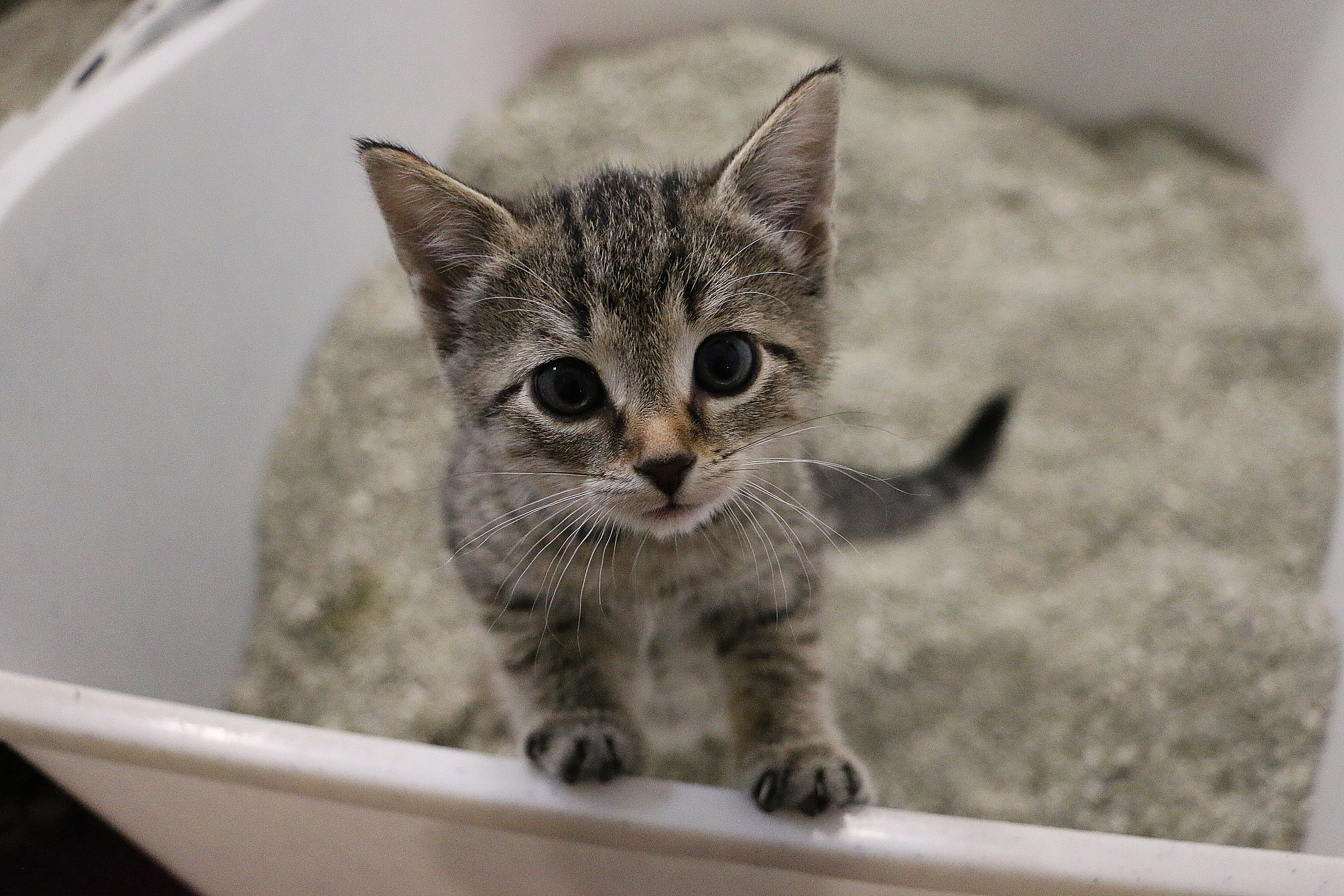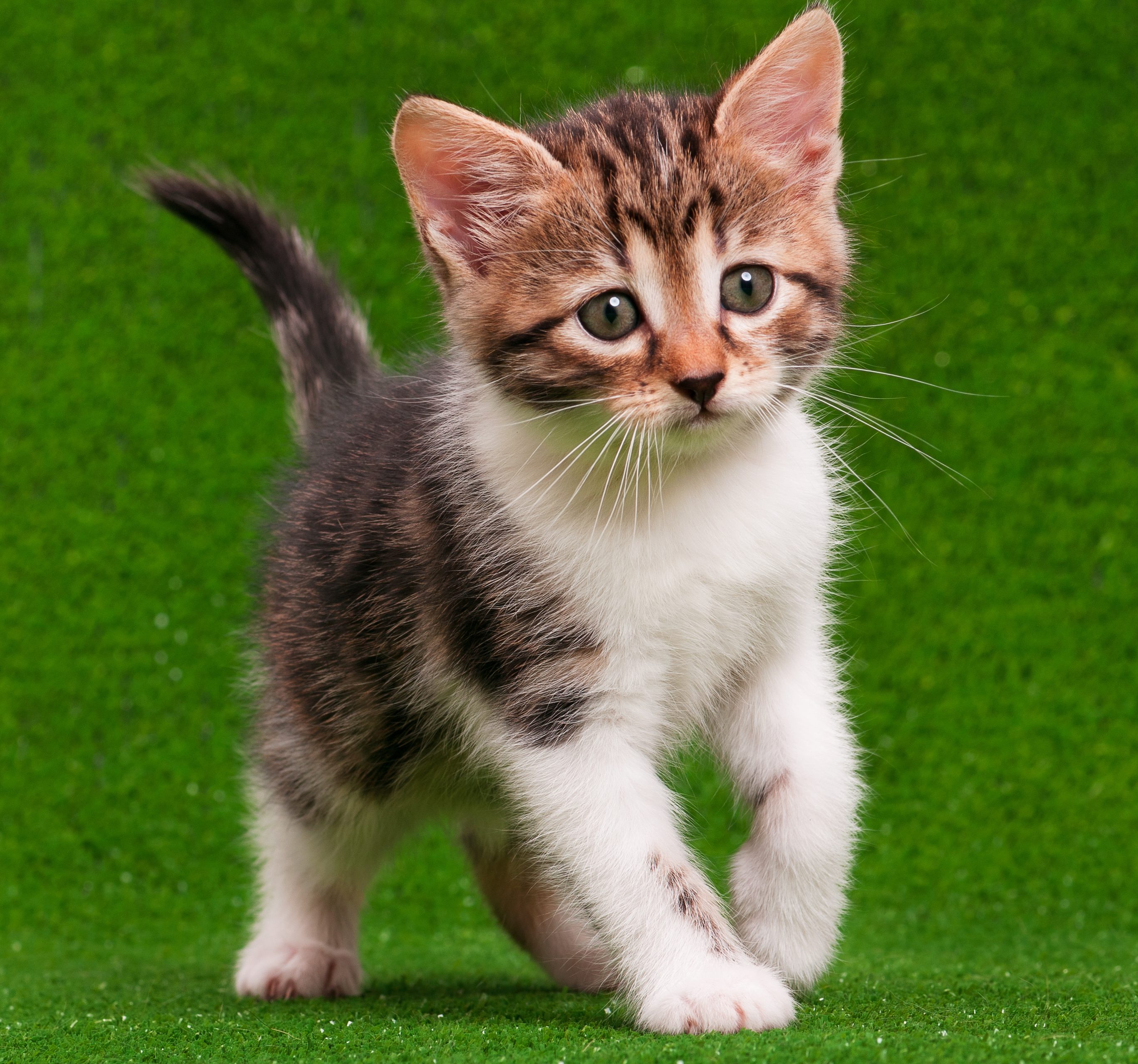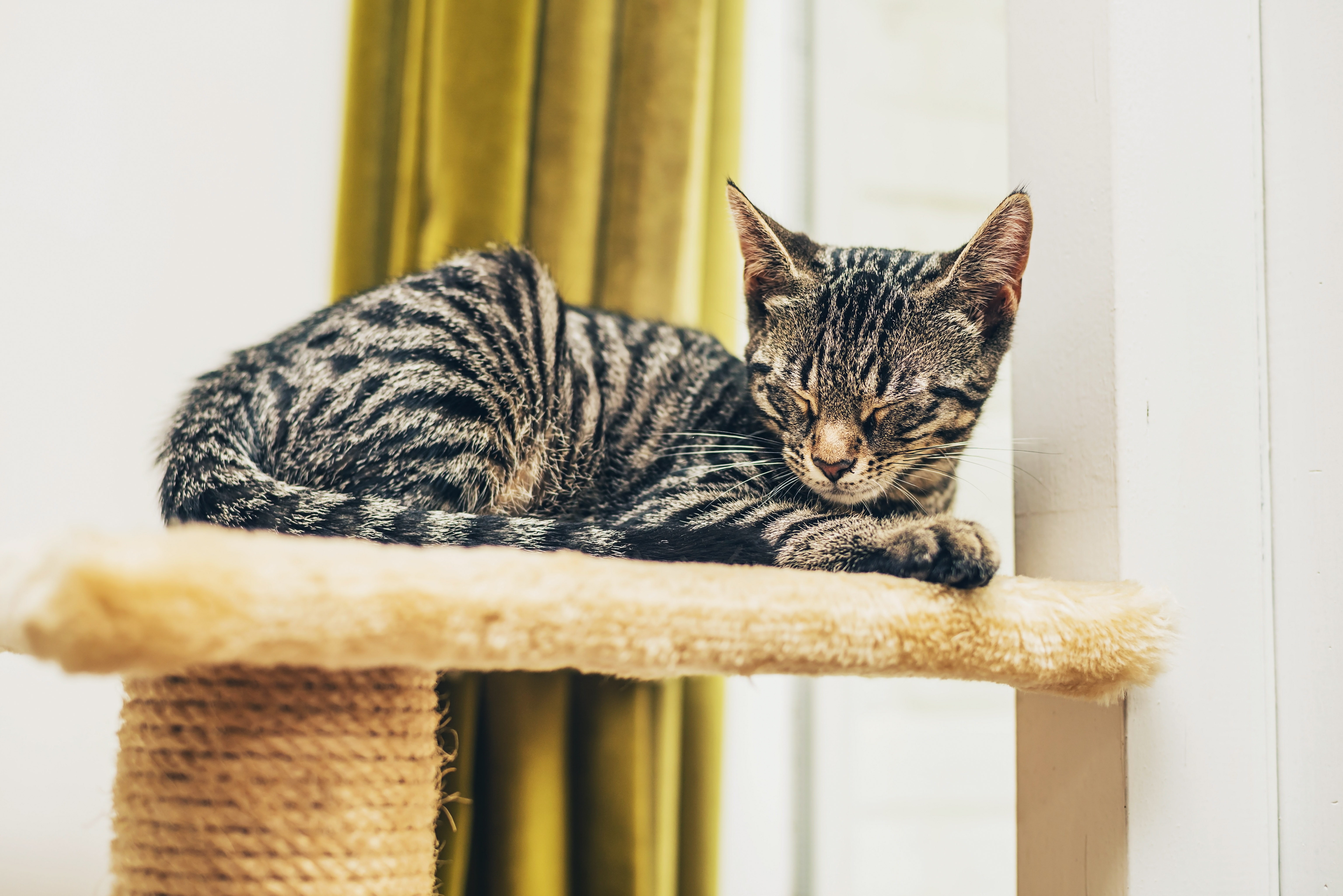Keeping Cats Calm
Stacy Mantle //August 3, 2015//
 Cats are beloved largely due to their independent nature, yet this same nature may cause many wind up in local animal shelters.
Cats are beloved largely due to their independent nature, yet this same nature may cause many wind up in local animal shelters.
According to the ASPCA, nearly 3.4 million cats enter into the shelter environment each year and more than one-third of them are euthanized. The reasons for relinquishment are most often reported as “behavior problems.”Fortunately, the pet industry has responded to this cat call for help and has developed scientific and social solutions to safely and effectively resolve behavior issues.
Pheromone therapy is one of the most effective tools we have in our arsenal to resolve behavior issues in cats.
What Are Pheromones?
Understanding the concept of pheromones and helping pet owners learn how to deal with aggression and anxiety in their cats can place an educated retailer in a unique position to resolve problems. Pheromones not only influence behavior, but are used as a form of nonverbal communication, which helps cats to identify other species, individuals, group members and the age and health of another animal. In addition, they are species-specific and universal, meaning animals recognize the pheromone without prior learning.
This makes them incredibly valuable to pet owners.
Pheromones are detected by the Jacobson’s organ, which is situated in the hard palate between the nose and the mouth. Detection is often accompanied by a distinctive facial expression called “flehmen” that serves to enhance pheromone perception. Once the pheromone is detected it is relayed to the accessory olfactory bulb in the brain and then to the limbic system regulating emotional processing (amygdala and hypothalamus).
Reports show that most “bad” behavior in cats can be traced to social tension in the home. Conflict can occur for a variety of reasons, but is most common when cats are first introduced into a home and experience an aggressive encounter with one or more of the animals already in the home, then fail to mend those relationships. This ultimately results in territorial aggression, spraying, swatting, hissing and bullying behavior, as well as avoidant behaviors (such as hiding, fleeing or blocking).
Putting Pheromones to Work
Ceva Animal Health, a pioneer in pheromone remedies, recently introduced Feliway MultiCat pheromone to reduce tension and conflict in multi-cat households. While it won’t make cats love one another, a pet owner can view it as a mediator between social disagreements. Feliway MultiCat pheromone is different than the traditional Feliway products that have been sold for years. While the original Feliway contains a synthetic copy of a facial pheromone that cats use for marking their territory and comforting themselves, the pheromone is a synthetic copy of the pheromone produced by a mother cat during lactation. This appeasing pheromone helps reassure kittens and allows them to bond with the mother, but is also effective for resolving conflict in multi-cat homes.
“Within one week, Feliway MultiCat pheromone users noticed a reduction in conflict behaviors, even in households where conflict had been occurring for several years,” said Dr. Valarie V. Tynes, veterinary services specialist at Ceva. “After one month of continuous use, 84 percent of pet owners report a significant improvement in their cats’ ability to get along.”
Also, different types of pheromones signal different information to a cat.
“The original form of Feliway does help manage stress in homes with multiple cats by signaling to the cat, ‘this is my space I feel safe.’ But the pheromone contained in Feliway Multicat addresses the specific need to signal calm in the cat’s social group,” Tynes said. “By nature, many adult cats are solitary, independent animals. Using MultiCat can help them to feel more comfortable about sharing the home with other cats.”
“Cats live in a state of conflict suffer,” said Dr. Theresa DePorter, a board certified diplomate of the American College of Veterinary Behavior and the European College of Animal Welfare and Behavioural Medicine. DePorter conducted a clinical trial for 45 families who reported social conflict and even aggression among housemate cats.
“When families used Feliway MultiCat diffusers in their homes they reported a reduction in conflict and aggressive behaviors. The cats seemed happier; more at peace. Cats that have been in conflict may never come to love each other, but by using Feliway MultiCat, cats may begin to repair or build social relationships,” she said.
Other pheromone-based products include the SENTRY Calming Spray, Calming Collar and Diffuser for Cats by Sergeant’s Pet Care. Patented pheromones used in the collars, diffusers and calming sprays mimic the natural neonatal pheromone mothers produce to calm their young and reduce stress. Specially formulated with a blend of pheromones, Sentry Calming Spray produces a calming effect to help a cat to relax during stressful situations. Featuring a relaxing lavender-chamomile scent, the formula is designed to keep cats calm and reduce anxiety.
“This natural approach is a good alternative to the powerful prescription medicines typically used to control anxious behavior,” said Bob Scharf, CEO and president of Sergeant’s Pet Care. “It can be used in conjunction with behavior modification training or in cases where training does not help the pet overcome the anxiety or stress causing the problem.”
Retailers are in the unique position of educating the public about problematic cat behavior and the many solutions available to correct these issues. The end result is a better-educated public and fewer cats relinquished for adoption, or worse, euthanized in shelters.



















